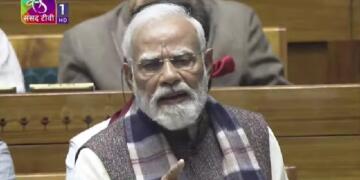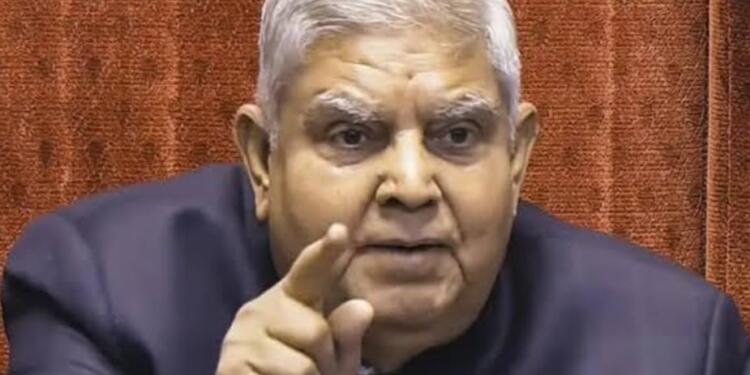In an unexpected move, Vice President Jagdeep Dhankhar tendered his resignation late Monday evening by citing medical reasons. His departure from the country’s second-highest constitutional office has set in motion the process for electing his successor. According to media sources, the procedure to elect a new Vice President is likely to be initiated within 24 hours.
While no official notification has been issued yet, officials said the Election Commission of India is expected to act swiftly in line with constitutional requirements. The process is expected to be completed within a month.
Resignation and Immediate Aftermath
Dhankhar’s resignation was formally sent to President Droupadi Murmu and came into force immediately. Sources close to the matter described the decision as sudden, though attributed to ongoing health concerns of Dhankar.
As per government protocol, Dhankhar will vacate the Vice President’s Enclave, his official residence and is expected to be allotted an alternative government bungalow in Lutyens’ Delhi. His security cover will remain intact under current rules, as former holders of constitutional offices are entitled to continued protection.
Government’s Response
According to reports from news agencies, government officials have stated that the vacant office will be filled ‘as soon as possible.’ While the Constitution does not lay down a strict timeline for filling the post, precedence and procedural norms suggest that the Election Commission will act promptly to prevent any prolonged vacancy in such a high office.
Senior Parliament officials indicated that the new Vice President could be elected within a month, depending on the speed of the formal notification and voting process.
How the Vice President is Elected
The Vice President of India is elected through a process involving members of both Houses of Parliament. Article 66(1) of the Constitution mandates that the election be conducted using the system of proportional representation by means of a single transferable vote. Voting is carried out by secret ballot to ensure the independence and confidentiality of each member’s choice, without the influence of party whips or external pressure.
The electoral college for Vice President comprises elected and nominated members of the Rajya Sabha and elected members of the Lok Sabha. Currently, the Lok Sabha has 542 members, with one vacancy (Basirhat, West Bengal), while the Rajya Sabha has 240 effective members, after accounting for five vacant seats- four from Jammu & Kashmir and one from Punjab.
This brings the total strength of the electoral college to 786. A candidate will need a simple majority of 394 votes to win, assuming all eligible members vote. The BJP-led National Democratic Alliance (NDA) currently enjoys a comfortable majority, with 293 MPs in the Lok Sabha and 129 in the Rajya Sabha, giving it a combined strength of 422 votes.
Avoiding a Constitutional Vacuum
Though the Constitution allows a Vice President to continue in office beyond their term until a successor is elected, Dhankhar’s immediate resignation makes this provision inapplicable in this instance.
However, Article 68(2) of the Constitution ensures there is no long-term interregnum. It mandates that a vacancy in the Vice President’s office, whether caused by resignation, removal, death, or otherwise, must be filled ‘as soon as possible.’
Once elected, the new Vice President will serve a full five-year term from the date of assuming office, not just the remainder of Dhankhar’s term. This provision is critical to preserving continuity in one of India’s most vital constitutional posts, especially given the Vice President’s dual role as the ex-officio Chairperson of the Rajya Sabha.




























